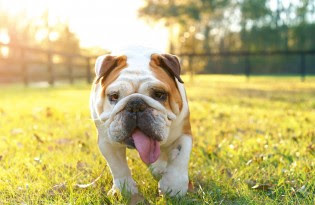It is crucial for children to know how to behave around dogs- for their safety and for the dog’s safety. Too often do we hear about incidents that could have been prevented if there was a discussion had about children and pet interaction. Here are some recommendations on how to encourage safe relationships and introductions between children and pets.
1) Children should be taught to always ask the owner before approaching the animal. This gives the opportunity for the owner to say yes or no based on their knowledge of the dog’s comfort level with strangers. Do not allow any petting without permission from the owner.
2) Animals have their own means of expressing their feelings. Dogs are dogs, therefore we cannot expect them to behave like humans. It is our responsibility to explain to children that unlike humans that can verbally express that they are uncomfortable, animals cannot do that. Animals have their own way of expressing pain, discomfort, and anxiety. They may scratch and/or bite as a mode of self-defense if they feel threatened. When an animal turns their head away and does not engage, we must respect that they are declining the interaction.
3) Just as most people do not appreciate being snuck up on and surprised, animals are the same way. Always let them know that you are approaching them by coming from the side and making sure that they can see or hear whoever is approaching. Do not allow any grabs/pokes/touches unexpectedly from behind them.
4) If an animal is allowing interaction, ensure that it is always gentle and calm. Some animals are reactive to fast body movements and loud sounds. It is important to be aware of that and to move slow and be soft spoken.
5) If there is ever a situation that you are in doubt of a dog’s ability to interact appropriately, do not take the risk and avoid interaction in whole. It is the responsibility of both the dog owner and the person approaching to make sure that interactions are safe and respectful.
Written by Liz Espejo, RAHT



